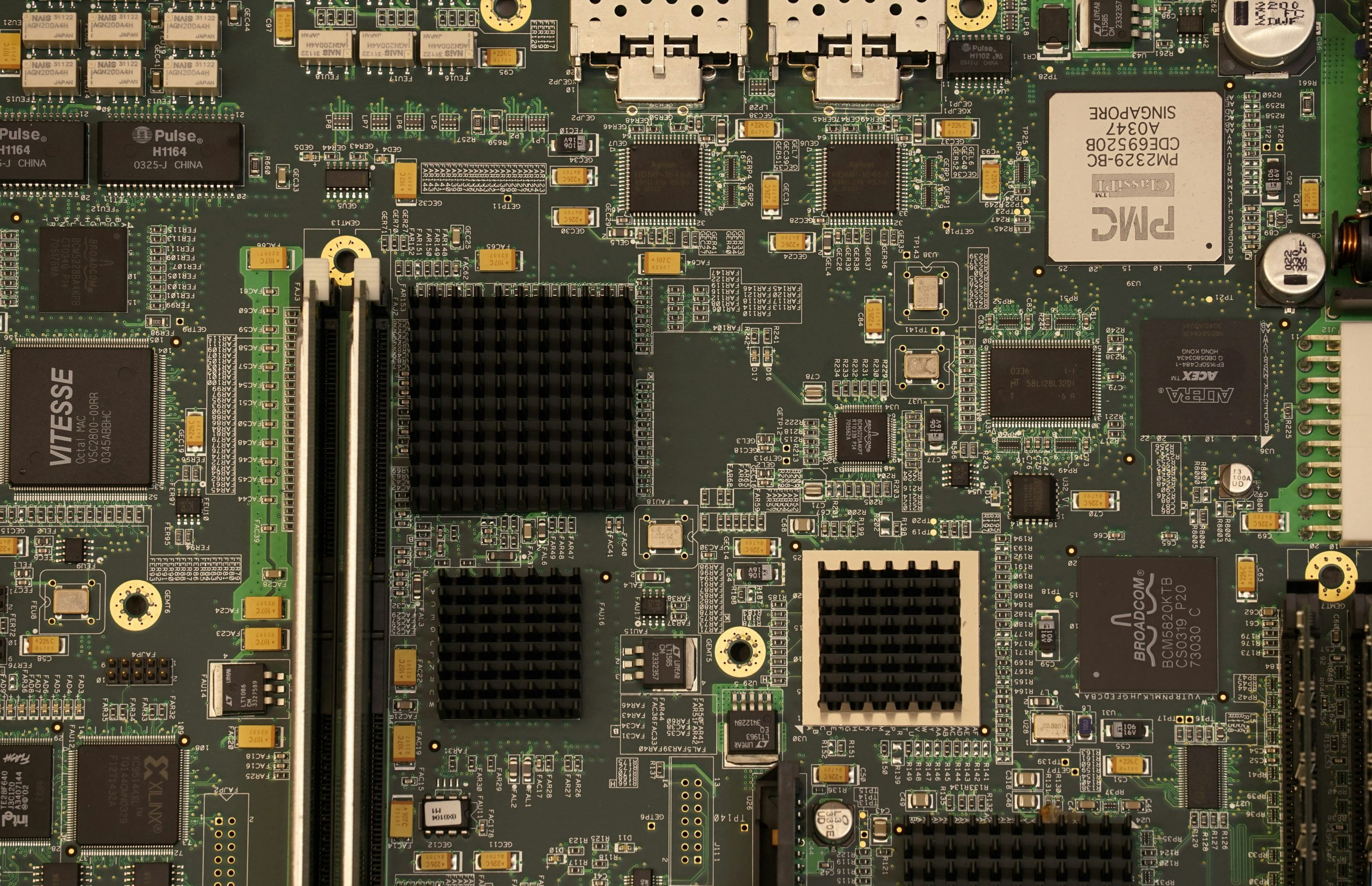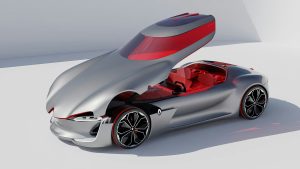Battery Breakthroughs: How New Tech is Extending EV Range
The push for more sustainable and eco-friendly transportation has led to the rise of electric vehicles (EVs). While these vehicles emit less greenhouse gases and reduce our reliance on fossil fuels, one major challenge has been their limited range on a single charge. However, recent battery breakthroughs have been revolutionizing the EV industry, making them more practical and appealing to consumers. In this article, we’ll explore how new tech is extending EV range and what it means for the future of transportation.
The Evolution of EV Batteries
When EVs first hit the market, their range was relatively limited, typically around 60-100 miles on a single charge. This was a major barrier for many consumers who wanted the convenience and reliability of a gas-powered vehicle. As a result, EVs were mainly used for short commutes or as city cars.
However, with advancements in battery technology, the range of EVs has been steadily increasing. Tesla’s Model S, for example, has a range of up to 402 miles, making it a viable alternative to traditional gasoline-powered cars for long-distance travel.
The Importance of Battery Range
Having a longer range is crucial for the widespread adoption of EVs. It not only allows drivers to travel longer distances without worrying about recharging but also gives them the confidence to take road trips and travel to remote areas. Additionally, a longer range makes EVs more competitive with gas-powered cars, which typically have a range of 300-500 miles per tank.
Battery range also affects the overall cost of owning an EV. With a limited range, owners may need to purchase additional charging equipment or subscribe to charging services, adding to the overall cost. On the other hand, a longer range reduces the need for frequent charging and makes EVs more economical to own and operate.
The Role of Battery Technology
The primary factor that has contributed to the increase in EV range is the improvement in battery technology. Most EVs use lithium-ion batteries, which store and release energy through the movement of lithium ions between a negative and positive electrode. These batteries have a higher energy density compared to traditional lead-acid batteries, meaning they can store more energy in a smaller, lighter package.
However, developments in battery technology are not limited to increasing energy density. Manufacturers are also working on enhancing the durability, reliability, and safety of EV batteries. For example, Tesla has been developing its “million-mile battery,” which is expected to have a lifespan of 1 million miles before needing replacement. This would drastically reduce the cost of ownership and make EVs even more attractive to consumers.
The Emergence of Solid-State Batteries
One of the most promising battery breakthroughs is the development of solid-state batteries. These batteries use solid electrolytes instead of the liquid or gel ones in lithium-ion batteries. Solid-state batteries have the potential to increase range and reduce charging time significantly. They also eliminate the need for heavy and expensive cooling systems due to their stable and non-flammable characteristics.
Several companies, including Toyota, are working on commercializing solid-state battery technology. If successful, these batteries could be a game-changer for the EV industry, taking range and performance to the next level.
Other Factors Contributing to Longer EV Range
While battery technology has been the primary driver of increased EV range, other factors have also played a role. Regenerative braking, for instance, is a technology that captures and stores kinetic energy produced by braking, reducing the amount of energy required from the battery. This improves the overall efficiency and range of the vehicle.
Additionally, automakers are also utilizing lightweight materials and aerodynamic designs to improve the energy efficiency of their EVs. For example, the Tesla Model 3’s sleek and streamlined shape contributes significantly to its impressive range.
The Future of EV Range
The advancements in battery technology and other factors are quickly driving EV range to exceed that of traditional gasoline-powered cars. Many industry experts predict that within the next few years, EVs could have a range of up to 500 miles on a single charge. This would remove any remaining range anxiety and further solidify the appeal of EVs to consumers.
Moreover, with ongoing research and development, we can expect to see even more significant battery breakthroughs in the future, making EVs the undisputed choice for environmentally-friendly and cost-effective transportation.
Conclusion
From limited ranges to ultra-long distances, EVs have come a long way in a relatively short period. Battery breakthroughs have been at the forefront of this evolution, pushing the limits and challenging conventional norms. With technology advancing at a rapid pace, it’s only a matter of time before EVs become the go-to choice for all types of driving, from daily commutes to cross-country road trips.











